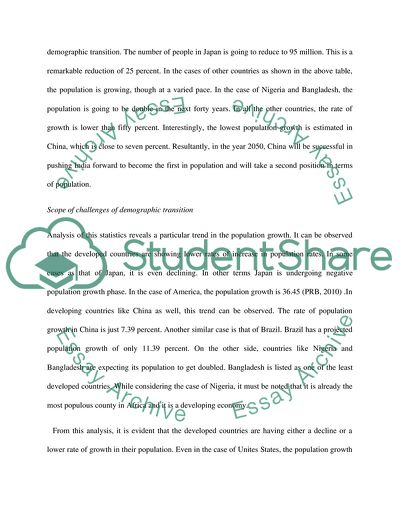Cite this document
(Changing Demographic Trends, Patterns and Projections Assignment, n.d.)
Changing Demographic Trends, Patterns and Projections Assignment. https://studentshare.org/social-science/1757896-population-facts
Changing Demographic Trends, Patterns and Projections Assignment. https://studentshare.org/social-science/1757896-population-facts
(Changing Demographic Trends, Patterns and Projections Assignment)
Changing Demographic Trends, Patterns and Projections Assignment. https://studentshare.org/social-science/1757896-population-facts.
Changing Demographic Trends, Patterns and Projections Assignment. https://studentshare.org/social-science/1757896-population-facts.
“Changing Demographic Trends, Patterns and Projections Assignment”. https://studentshare.org/social-science/1757896-population-facts.


